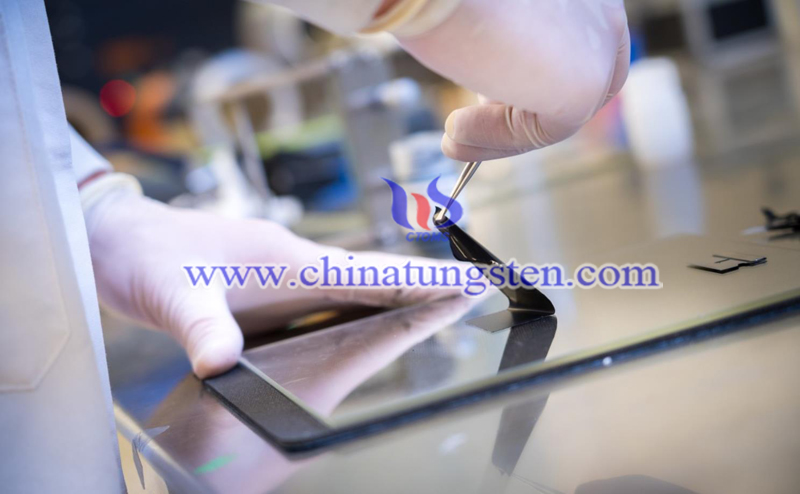UCSD Develops Separator to Prevent Lithium Metal Batteries from Fires
- Details
- Category: Tungsten's News
- Published on Wednesday, 18 March 2020 20:59
Nanoengineers at the University of California, San Diego (UC San Diego or UCSD) have developed a safety separator that prevents lithium metal batteries from rapidly heating up and catching fires in case of an internal short circuit. Researchers led by Ping Liu, a professor of nanoengineering at UC San Diego, and his doctoral student Matthew Gonzalez, detail their work in a paper published in Advanced Materials.
The team made a clever tweak to the part of the battery called the separator. The membrane acts as a barrier between the anode and cathode of the battery. In this way, it slows down the flow of energy (and thus heat) that builds up inside the battery when it short circuits.
The first author of the paper, Gonzales, said: "We're not trying to stop battery failure from happening. We're making it much safer so that when it does fail, the battery doesn't catastrophically catch fires or explode."

After repeated charging of lithium metal batteries, needle-like structures of dendrites will grow on the anode. Over time, the dendrites grow long enough to penetrate the membrane and build a bridge between the anode and cathode, causing an internal short circuit. When this happens, the flow of electrons between the two electrodes gets out of control, causing the battery to immediately overheat and stop working.
A baffle invented by the UCSD team has essentially softened this blow. One side is covered with a thin, partially conductive carbon nanotube network that can intercept any dendrites that form. When a dendrite pierces the membrane and hits the carbon nanotube network, the electrons have a channel, and they can be discharged slowly instead of rushing directly to the cathode.
Gonzalez compared the new battery separator to a spillway on a dam. He said: "When a dam starts to fail, a spillway is opened up to let some of the water trickles out in a controlled fashion so that when the dam does break and spill out, there's not a lot of water left to cause a flood," he said. "That's the idea with our membrane. We are draining out the charge much, much slower and prevent a 'flood' of electrons to the cathode. When a dendrite gets intercepted by the membrane's conductive layer, the battery can begin to self-discharge so that when the battery does short, there's not enough energy left to be dangerous."
Other battery research efforts have focused on making separators with materials strong enough to block the penetration of dendrites. But one problem with this approach, Gonzales said, is that it only prolongs the inevitable result. These separators still need to have pores for ions to pass through for the battery to work. As a consequence, when the dendrites eventually make it through, the short circuit will be even worse.

In tests, lithium metal batteries with new membrane s showed signs of gradual failure over 20 to 30 cycles. At the same time, the battery with a normal (and slightly thicker) membrane experienced a sudden failure in a single cycle.
"In a real use case scenario, you wouldn't have any warning that the battery is going to fail. It could be fine one second, then catch fires or short out completely the next. It's unpredictable," Gonzalez said. "But with our separator, you would get warning that the battery is getting a little bit worse, a little bit worse, a little bit worse, each time you charge it."
Although the study focused on lithium metal batteries, the researchers said the membrane could also be used for lithium-ion and other battery chemical reactions. The research team will work to optimize the commercial use of the separator. The UCSD team has applied for a provisional patent for research.
- Tungsten Manufacturer & Supplier, Chinatungsten Online: www.chinatungsten.com
- Tungsten News & Prices of China Tungsten Industry Association: www.ctia.com.cn
- Molybdenum News & Price: news.molybdenum.com.cn
- Tel.: 86 592 5129696; Fax: 86 592 5129797; Email: sales@chinatungsten.com



 sales@chinatungsten.com
sales@chinatungsten.com